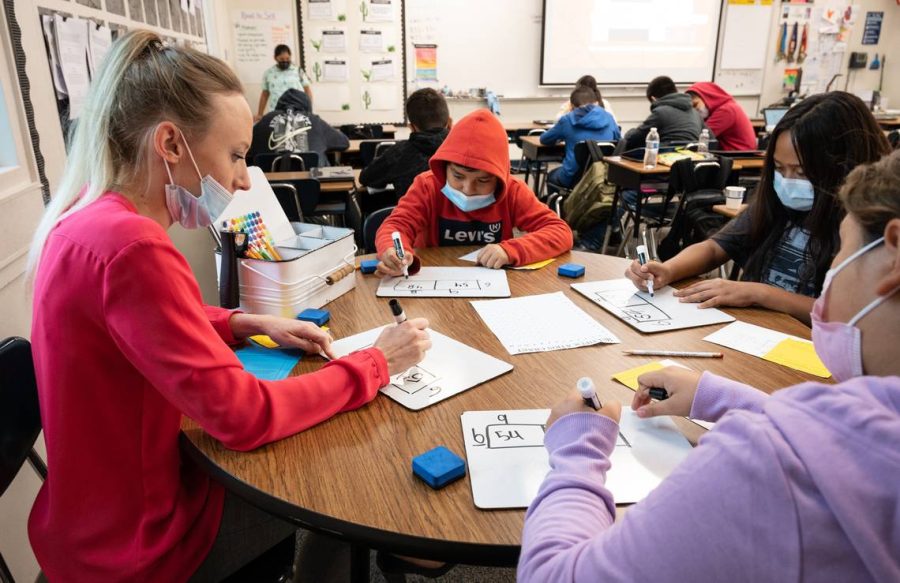Equitable Grading: What is it?
Teachers explore grading practices.
December 10, 2021
South El Monte High School has recently been exploring new grading strategies since the COVID-19 pandemic revolutionized and reengineered public schooling. One of the contemporary grading strategies receiving mainstream attention is a system called equitable grading. Historically most teachers use the traditional grading system because it is easy to interpret and understand. The students are being graded off of the work that is being submitted instead of what they know. Some teachers are using the equitable grading system because they believe it improves students’ learning. Students can only earn a high grade if they understand the lesson.
Teachers often develop their own way to grade because grading is not addressed in teacher preparation. Traditional grades vary from teacher to teacher, resulting in a teacher’s specific grading practices as well as the students’ achievements. According to the National School Boards Association website nsba.org traditional grading practices are based on the following factors:
- Vary from teacher to teacher
- Provide unclear and often misleading information to key stakeholders
- Are often infected by implicit racial, class, and gender biases
- Are based on mathematically unsound calculations
The NSBA website is explaining that the current grading system is in conflict with new ideas on how student learning should be measured. According to an article in the Los Angeles Times titled “Why normalizing failure is vital to equitable grading,” the L.A. Unified School District directed its middle and high school teachers to change the way they had evaluated students. “Teachers were told to base their final marks on how much students had learned by the end of the term – the quality of work, not quantity,” said LA Times Staff Writer Laura Newberry. The article revealed that teachers were to allow several extra weeks to make up missing assignments, as a result 15,000 grades improved.
To some teachers the purpose of grading should be to communicate a student’s level of understanding the course. “If a student can display their knowledge of those standards without doing the homework, he shouldn’t be penalized for that in his grade,” stated former school administrator and teacher Joe Feldman. Students all have different responsibilities outside of school that can make getting homework done difficult.
The more chances a student has to redo an assignment the more the student will understand. “Giving students many chances to master a skill or topic also works in service of equity,” Feldman said. Teachers are raising standards so that students can’t just get an A by just handing in work. The only way to earn a high grade is to understand the lesson given. Students who are failing halfway through a term need detailed and clear feedback on where they need to improve. As Feldman put it, “It doesn’t matter where you start in your learning. It only matters where you finish.”

